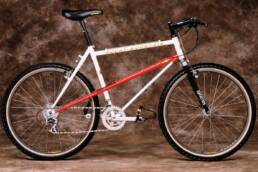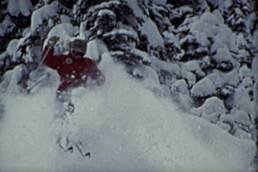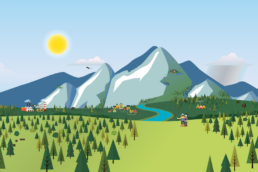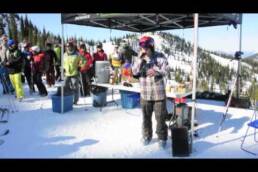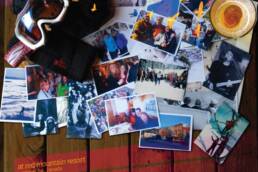How Canadian mountain bike company Rocky Mountain Bicycles is celebrating four decades of stoke. Giddy up, eh. By Steven Threndyle.
Working together at Vancouver’s legendary West Point Cycle shop, Grayson Bain, Sam Mak and Jacob Heilbron began customizing bikes to handle off-road riding on the mountainous trails from Vancouver to Whistler. At the time, even something as basic as knobby tires on smaller, 26-inch rims, flat handlebars and thumb shifters made a huge difference in negotiating everything from game trails to gravel roads. Two years later, in 1981, the trio would found their own mountain bike brand and the following year they’d accompany famed California mountain bike inventor Tom Ritchey to Japan to source frames and components for their new Rocky Mountain Bicycles.
Although the company was based in Vancouver, Bain christened it Rocky Mountain Bicycles because “I was in a window seat, jetting west across the mountains of British Columbia. I stared out at the grandeur of sun tinted snowy crags and knew that what separated my adopted home in Edmonton from the native soil of Vancouver was a massive rock formation called the Rocky Mountains. I thought about naming our new company after these peaks.”
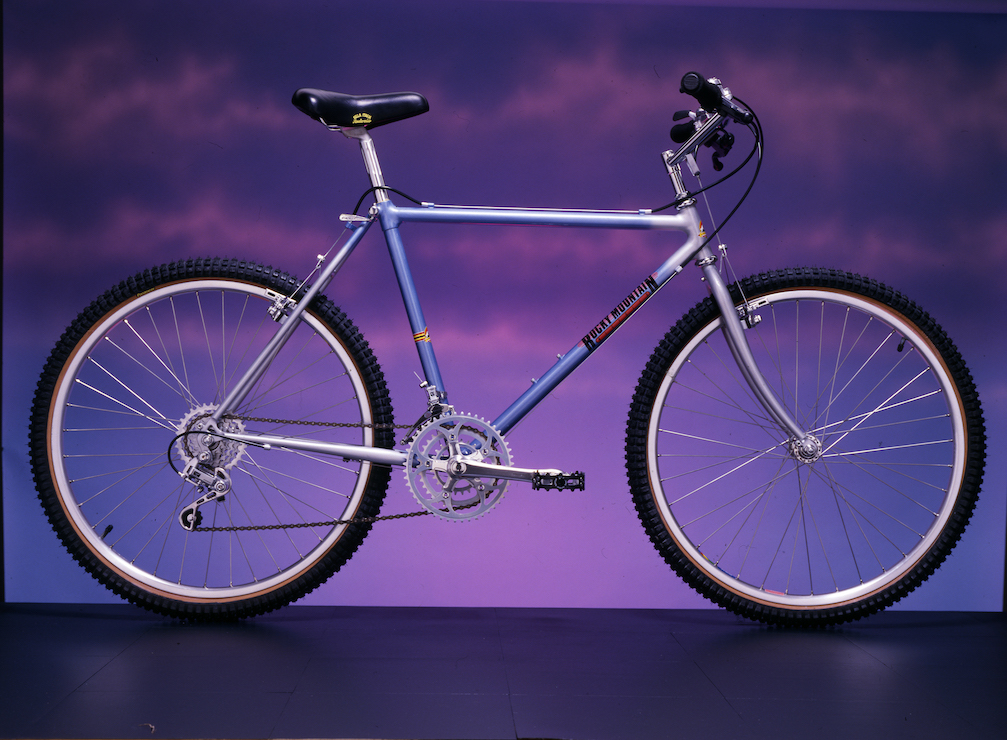
To celebrate its 40th anniversary, Rocky is retelling—and maybe exaggerating—some of the stories, riders, friends, adventures, failures, successes, places, and bikes that cemented the company’s reputation on the world scene. They’ve devoted an entire series of blogs to the anniversary and some of them share people’s memories of their bikes. For example, one rider recalls purchasing his Blizzard in the late 1980s and then getting it out of storage again for a ride in 2009. “As I was cleaning it one day, I wiped across the bottom bracket shell and realized I was revealing a lot of zeroes. It was A7B00009. Somehow, I’d ridden it all those years without realizing it was one of the first of its kind.”
There are also videos being made to celebrate the anniversary including “Product of the Environment” narrated by veteran Rocky rider Wade Simmons with music by Vancouver’s very own New Pornographers.
Facts About Rocky Mountain Bicycles
Rocky Mountain Bicycles has chalked up a lot of stories over the last 40 years but here are a few facts you might not know:
- Rocky was there at the dawn of mountain biking. In 1981, scarcely anyone—not even in the bike industry—knew what a mountain bike was. But Mak, Bain and Heilbron had been riding their modified Nishiki bikes on mountain trails for three years before launching their own brand.
- Legendary British bike builder Derek Bailey was hired to fillet-braze tubes of chromium-molybdenum into bike frames. For a short period, Rocky sold both mountain bikes and highly-coveted road bikes.
- Rocky’s R&D department is still located in North Vancouver, a very short ride from the world-famous North Shore trails. Rocky’s riders (and a few talented cinematographers/photographers) literally put “Shore-style riding” on the map in the early 1980s.
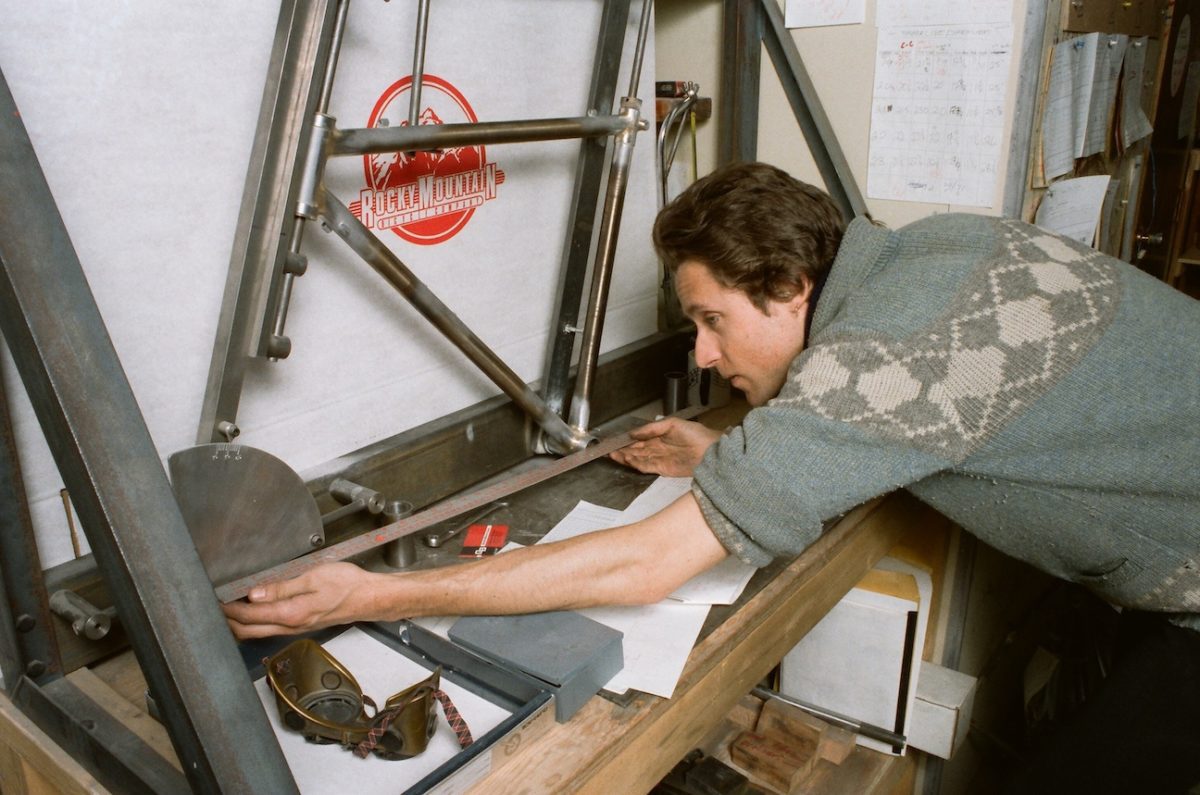
- There has only been one ownership change in the past 40 years; when Quebec businessman Raymond Dutil bought out the original owners in a friendly acquisition back in 1997. “It took some time to find the right partner,” says Grayson Bain. “A Taiwanese company wanted to buy us, but their plan was to just take the name and discard everything else. An American company made an offer as well, and they’d have been willing to keep some employees in the US, but staying in Canada was important to me. Ultimately, Raymond [Dutil, the owner of Procycle] and I came to an agreement, and our Vancouver team continued to operate independently as a branch of the new Quebec-based ownership.”
- Race Face started as a Rocky Mountain house brand, but according to Dutil, “we decided not to purchase it when we bought Rocky Mountain. I knew that Race Face would have a better opportunity to grow if it remained independent.”
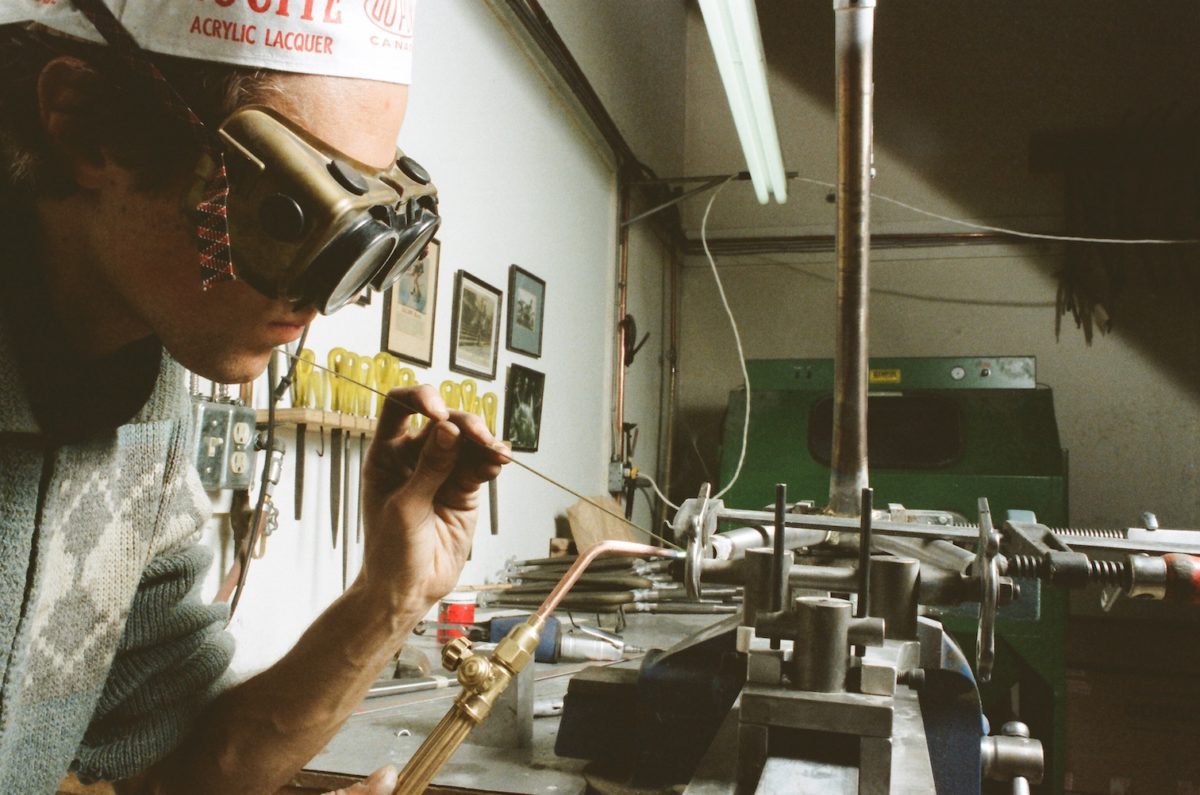
- Rocky Mountain has resisted the urge to sell directly to consumers via online e-commerce, preferring to go dealer direct to (mostly) independent specialty stores not just in Canada and the United States, but the UK, France, Switzerland, Germany and Australia, to name a few. No online sales here, you need to hit your neighbourhood shop.
- In 1996, mountain bike racing became a part of the Summer Olympic Games in Atlanta, Georgia. Despite competing on a flat course far from any real mountains, Rocky rider Alison Sydor brought home the silver medal. Sydor’s brilliant cross-country racing career spans two decades and includes three world championships and 17 World Cup victories. She was named to the B.C. Sports Hall of Fame in 2008.
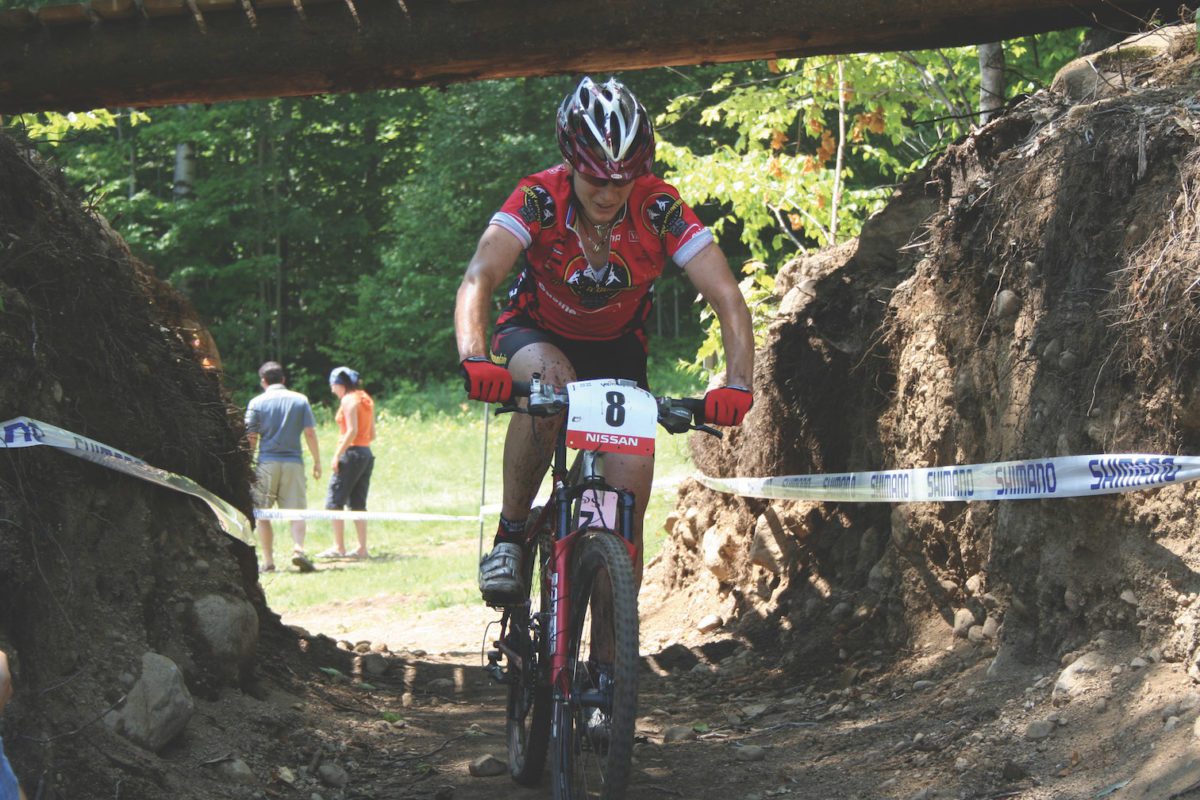
- Rocky team riders have competed in everything from the Olympics to Red Bull Rampage, as well as on the World Enduro Tour. Their FroRider team appeared in hundreds of film segments and magazine features. Several riders, including former Red Bull Rampage champ Wade Simmons and 1996 MTB XC Olympian Andreas Hestler still work for Rocky.
- Then, of course, there was the brilliant idea to purchase the www.bikes.com URL. Who knows how much it’s worth now?
More History About Rocky Mountain Bicycles
1978 — The soon-to-be Rocky Mountain founders are working in a Vancouver bike shop, and start modifying Nishiki road bikes with wide tires, straight bars and thumb shifters.
1981 — Rocky Mountain Bicycles Ltd. is incorporated in Vancouver, British Columbia. The three original founders are Grayson Bain, Jacob Heilbron, and Sam Mak.
1982 — The Rocky Mountain founders accompany Tom Ritchey to Japan to select durable components and tube sets. Later that year, they create Canada’s first homegrown fat tire bike—the Sherpa.
1984 — Sales expand beyond Vancouver and the first sale is made in Eastern Canada. The lineup for the 1985 season includes the Blizzard.
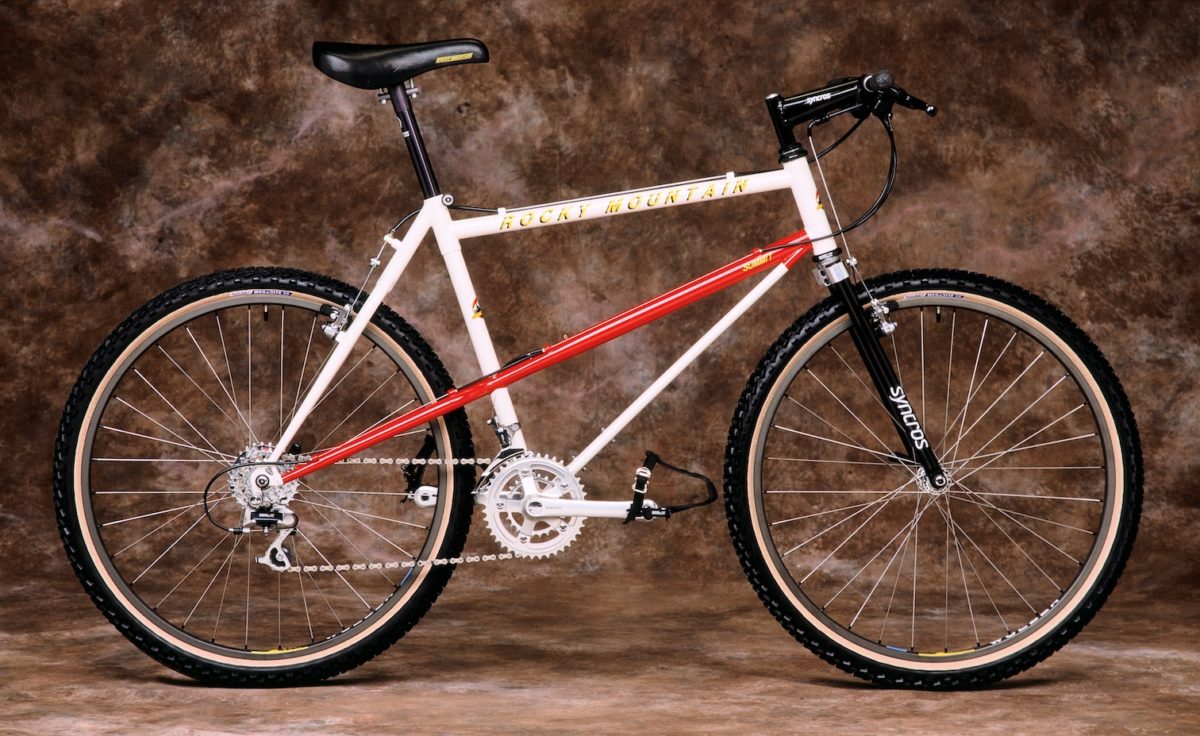
1988 — Rocky Mountain sells its first aluminium production bike, the Stratos, and sells its first bikes internationally, shipping five bikes to BikeAction Germany. More exports would follow: CHRIS Sports Switzerland in 1992, DSB Italy in 1996, A&F Japan in 1997, and Tribe Sport France in 2000.1992 — Alison Sydor wins Canada’s first World Cup aboard a Rocky Mountain.
1993 — In need of higher quality cranks and other parts, Rocky Mountain starts Race Face Bicycle Components. Bruce Spicer wins Canadian National XC Championships on Rocky Mountain, adding to his record 13 national titles.
1996 — Andreas Hestler beats Henrik Djernis and John Tomac at the Scottsdale Cactus Cup, and represents Canada at the Atlanta Olympics.
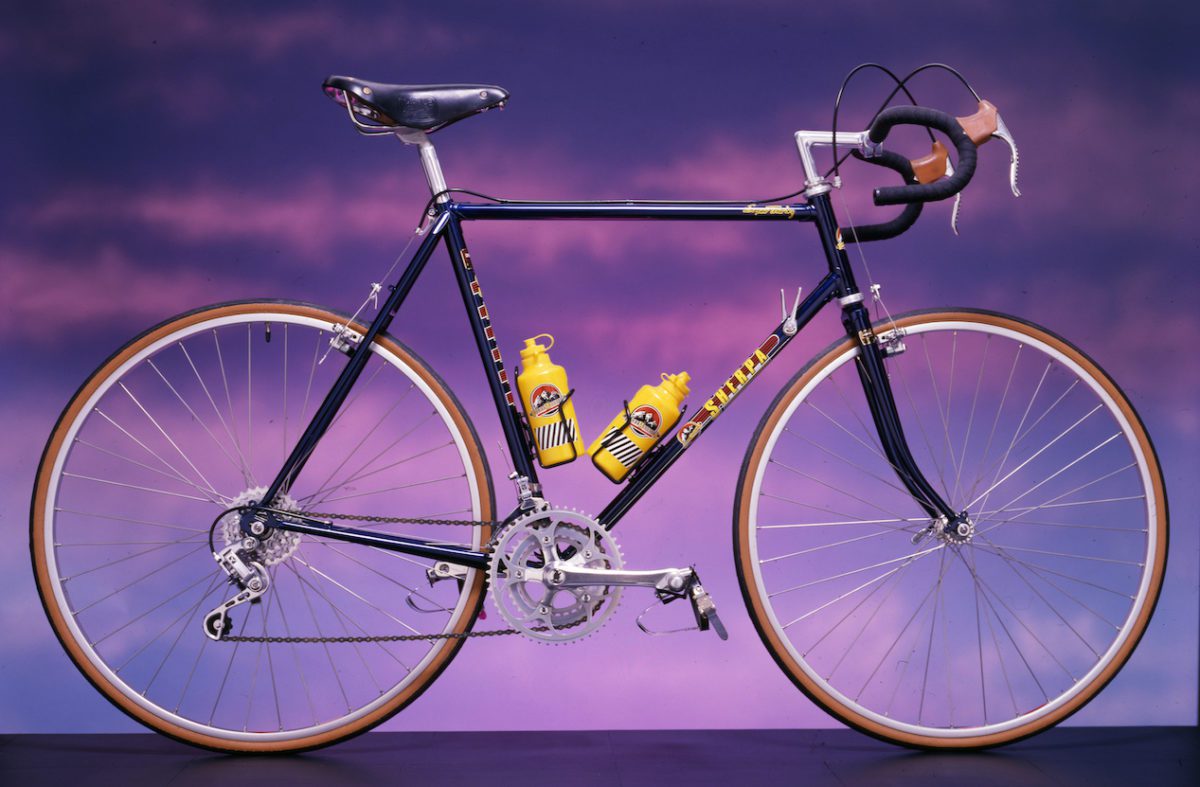
1997 — The Froriders are born and pioneer the idea of freeriding. Guys like Wade Simmons, Brett Tippie, and Richie Schley stopped caring about crossing the finish line first, and started riding previously unrideable terrain in Kamloops and on the North Shore. That same year, Rocky Mountain is acquired by Procycle, but continues to operate independently.
2001 — Wade Simmons wins inaugural Red Bull Rampage in Virgin, Utah. The Slayer is introduced.
2002 — Both Rocky Mountain teams (Karsten Bresser/Karl Platt and Leslie Tomlinsen/Gretchen Reeves) win the Transalp Challenge.
2004 — Marie-Hélène Prémont wins silver at the Athens Olympics aboard a Rocky Mountain Vertex, while Alison Sydor comes in 4th.
2005 — The tagline “Love the Ride” is introduced.
2008 — Marie-Hélène Prémont competes at the Beijing Olympics and wins the World Cup Overall. Alison Sydor and Pia Sundstedt win the 966-kilometre-long Cape Epic, the longest one ever held.
2009 — Sabrina Jonnier (DHO) and Geoff Kabush (XCO) are both victorious at the muddy Bromont World Cup. Sabrina Jonnier wins World Cup Overall.

2013 — The Altitude is reintroduced as one of the first major 27.5” trail bikes.
2014 — The Rocky Mountain Urge bp Rally Team takes 2nd in the Team Overall at the Enduro World Series. Rocky Mountain Bicycles are exported to 36 countries worldwide.
2015 — Wade Simmons, the Godfather of Freeride, celebrates 20 years with Rocky Mountain. A completely new downhill platform, the Maiden, is introduced for the 2016 season, and wins Decline magazine’s Downhill Bike of the Year award.
2016 — Rocky Mountain celebrates 35 years of good times on two wheels. The Rocky Mountain Urge bp Rally Team wins the Team Overall at the Enduro World Series.
2018 — Procycle changes its name to Rocky Mountain.
The Final Word on Rocky Mountain Bicycles
In 1977 Raymond Dutil established Procycle in Saint-Georges de Beauce, Quebec and in the early years manufactured under license for Peugeot. The company did well for itself and in 1997 purchased Rocky Mountain Bicycles. In 2018, Procycle changed its name to Rocky Mountain.“I’m very proud of the progress we’ve made since we took ownership of Rocky Mountain. While manufacturing has largely been moved overseas, we’ve tripled the size of our R&D department and expanded our prototyping capabilities. We’ve always known that the Rocky Mountain development centre needs to be in Vancouver—Grayson’s dream. The place is a mecca of mountain biking, and the team’s commitment is reflected in every bike we make. We look forward to another 40 years as a leading mountain bike brand. Rocky Mountain may not be the biggest, but we strive to be the best.”
Related Stories
WH2O Launches “40 Years Young”
Whitewater Winter Resort Releases Beautiful Tribute on its 40th Anniversary This film, produced by the talented team at…
Canadian Mountain Network To Receive $18.3M Over Next 5 Years
The federal government has announced the Canadian Mountain Network will receive $18.3 million in funding over the next…
Insane Mountain Beat Boxin’
We don't know who this guy is, or where he came from. He showed up at the Kootenay Coldsmoke PowderKeg Slopestyle last…
The Gathering at Red Mountain
This upcoming Easter weekend RED and POWDER Magazine are presenting the 2nd annual Gathering at RED. Come hang with…
10 Years of KMC
The new winter edition of KMC marks the 10th anniversary of the publication, and the Nelson Star recently caught up…


